
Scuba Diving in Cuba ᛫ March 2018
Luckily, I share the passion for scuba diving with my dad and sister. So we always select a destination where we can also explore the underwater world when going on vacation. Cuba has many beautiful dive spots to offer, a great biodiversity and good conservation of its ecosystems. Besides coral reefs and fish, there are also many wrecks around the island.
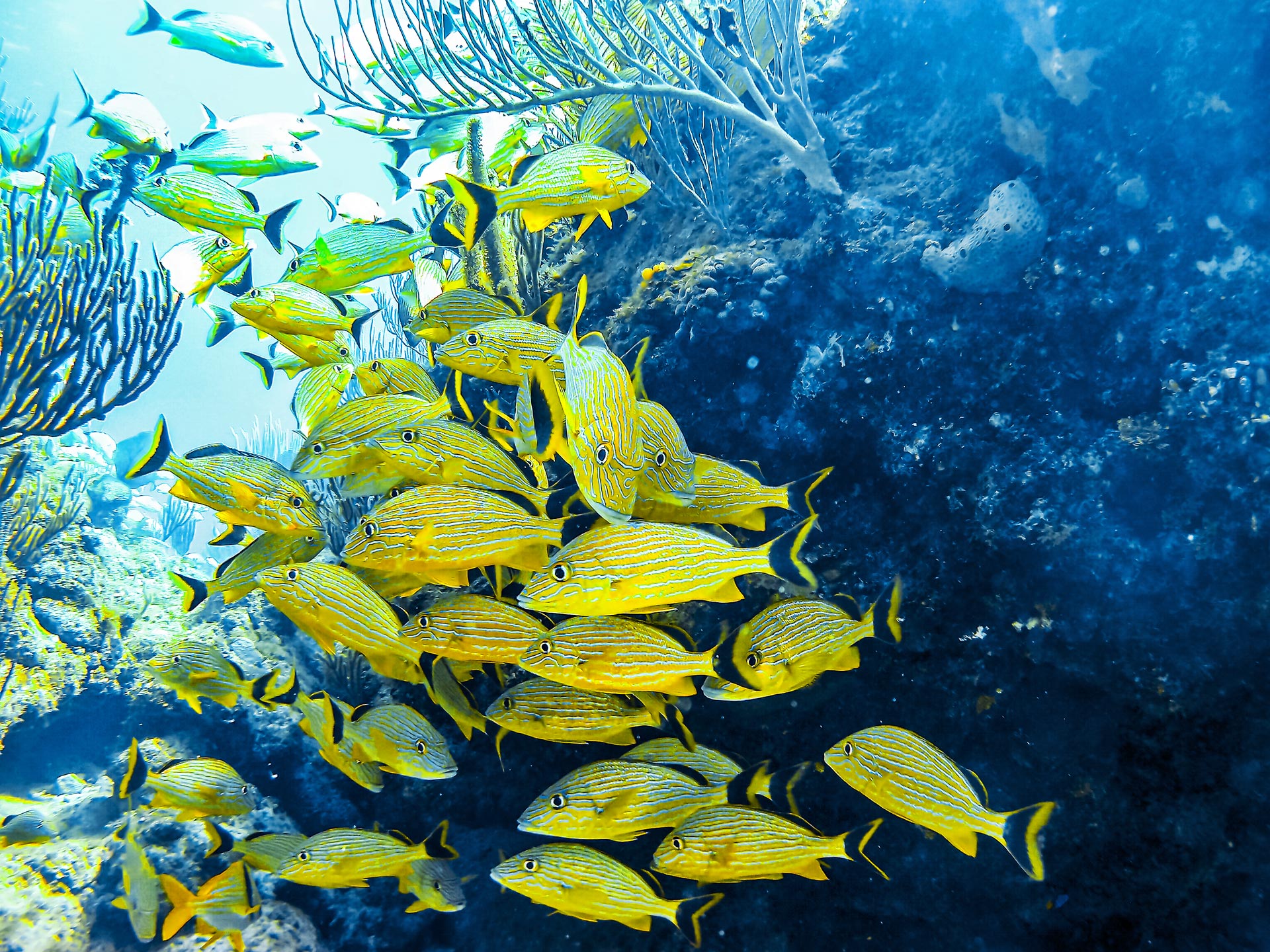
During our dives, we saw thousands of different fish. These yellow ones liked to swim in groups, while others preferred to keep to themselves.
I was surprised that the Cuban underwater world differed so much from the Jamaican although these two islands are right next to each other. One reason for that is that the north of Cuba, including Varadero where we stayed, doesn’t belong to the Caribbean Sea but to the Gulf of Mexico. Therefore, the water is colder and has a different flora and fauna. We also went to the Caribbean side in the south, but even there the water was colder than In Jamaica.
Varadero
A bus came every morning and collected the divers from different hotels, bringing them to the scuba dive shop at the Marina Gaviota in the north of Varadero. From there, we took a spacious dive boat to the open ocean. While the shore got smaller and there was only blue water as far as the eye can reach, you could feel the enthusiasm of everyone on board. Apart from the boat motor sound, the wind in your ears and the seagulls above, you could hear the excited chatter of divers getting to know each other and sharing dive stories.
Preparing our equipment was a bit challenging. Since the boat moved up and down in the waves and we were occasionally splashed with seawater from the side, we had to balance and hold onto something. The final challenge was to squeeze into the tight wetsuits. During my first dive there, I got really cold and afterward wore 2-3 wetsuits on top of each other. ?
Once we reached our destination, the boat crew dropped the anchor. Although this stabilized the movement a bit, it’s never completely calm on the ocean. Clad in all of our diving gear, we staggered to the platform at the back of the boat. From there we took a big step to jump into the water. Plunging into it felt refreshing as well as liberating. All of the equipment that feels restrictive on the surface becomes comfortable and essential for you. The first dive of the day always went to a coral reef and the second one to one or even more wrecks.
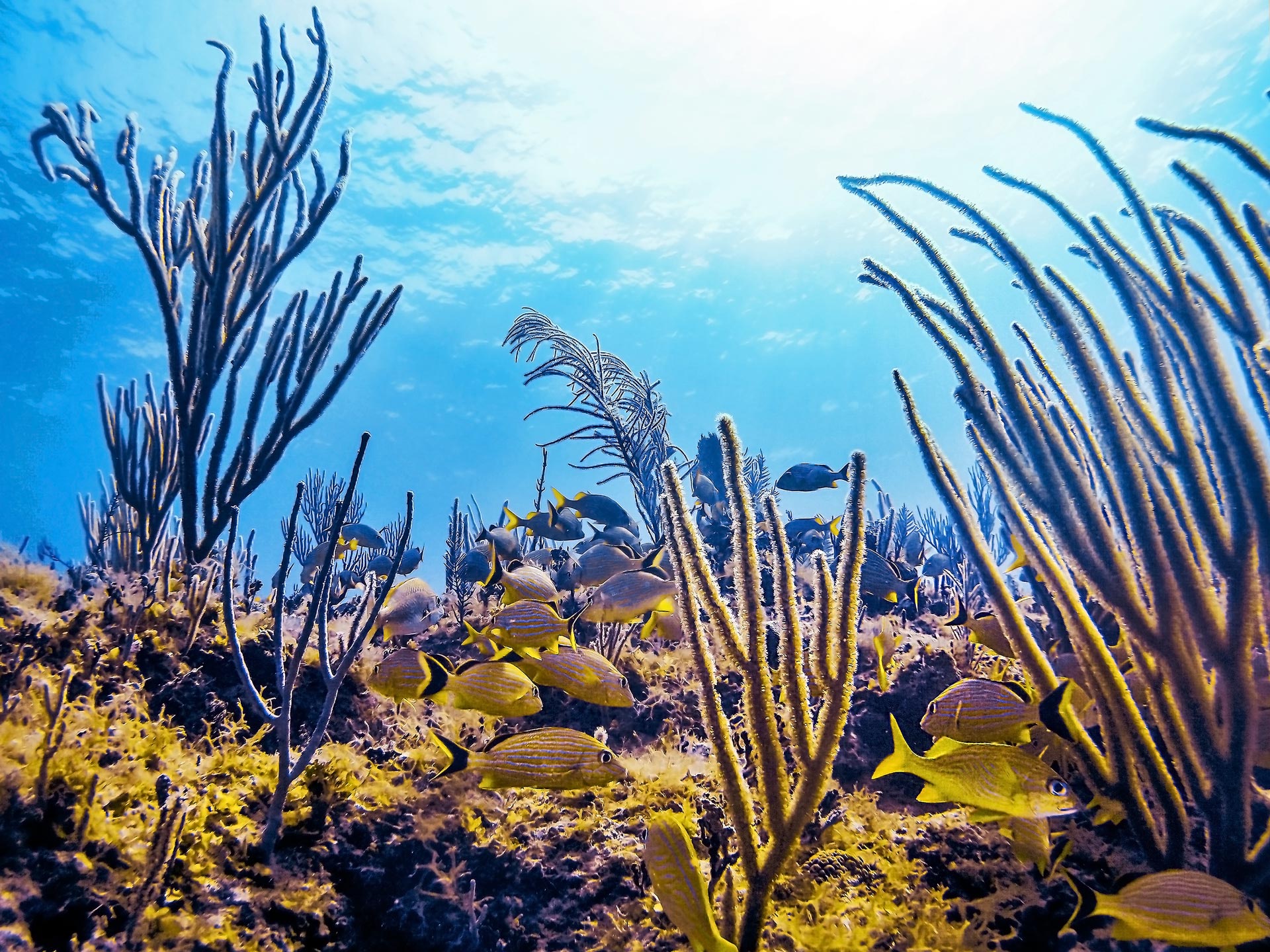
Cuba is the biggest island in the Caribbean and has 5,746km/3,570mi of coastline. Compared to other places, the ocean is mostly clean, has a great biodiversity and good conservation of its ecosystems. All of that makes Cuba a great destination for scuba diving.
Another World
As soon as you descend below the surface, everything changes. It’s like diving into a different world: Sounds become dulled and it’s hard to tell where they come from, you become more aware of breathing because on every exhale you can see, hear and feel the bubbles brushing your face, communication is only possible through hand signals and your movement becomes slower, but you can effortlessly swim in all directions. I just love seeing new environments with different species while feeling weightless, as if I was flying.
The water was very clear and there were thousands of fish with a multitude of bright colors. On average, they were much bigger than in Jamaica. Besides fish, we also saw crabs, conch shells, starfish, lobsters, and sea cucumbers. There were all different kinds of corals with soft and fluorescent colors. Some marine plants seemed inflexible like rocks, while others were gently swaying back and forth in the current like dancers on a stage.
When the first person of the group (usually around six divers) ran low on air we returned to the boat. There we would relax a bit and exchange the oxygen bottles before doing the second dive. Most of the time, I liked the second dive better because shipwrecks look really cool and have some mystery to them. It’s also nice to see how nature takes over and made them new habitats for several plants and animals.
During one of the dives, we found a huge green moray eel inside a wreck. It was the biggest one I had ever seen, about 1.5m/5ft. But I wasn’t scared because I know they don’t attack. They might defend themselves when threatened, but we always keep our distance so that won’t happen.
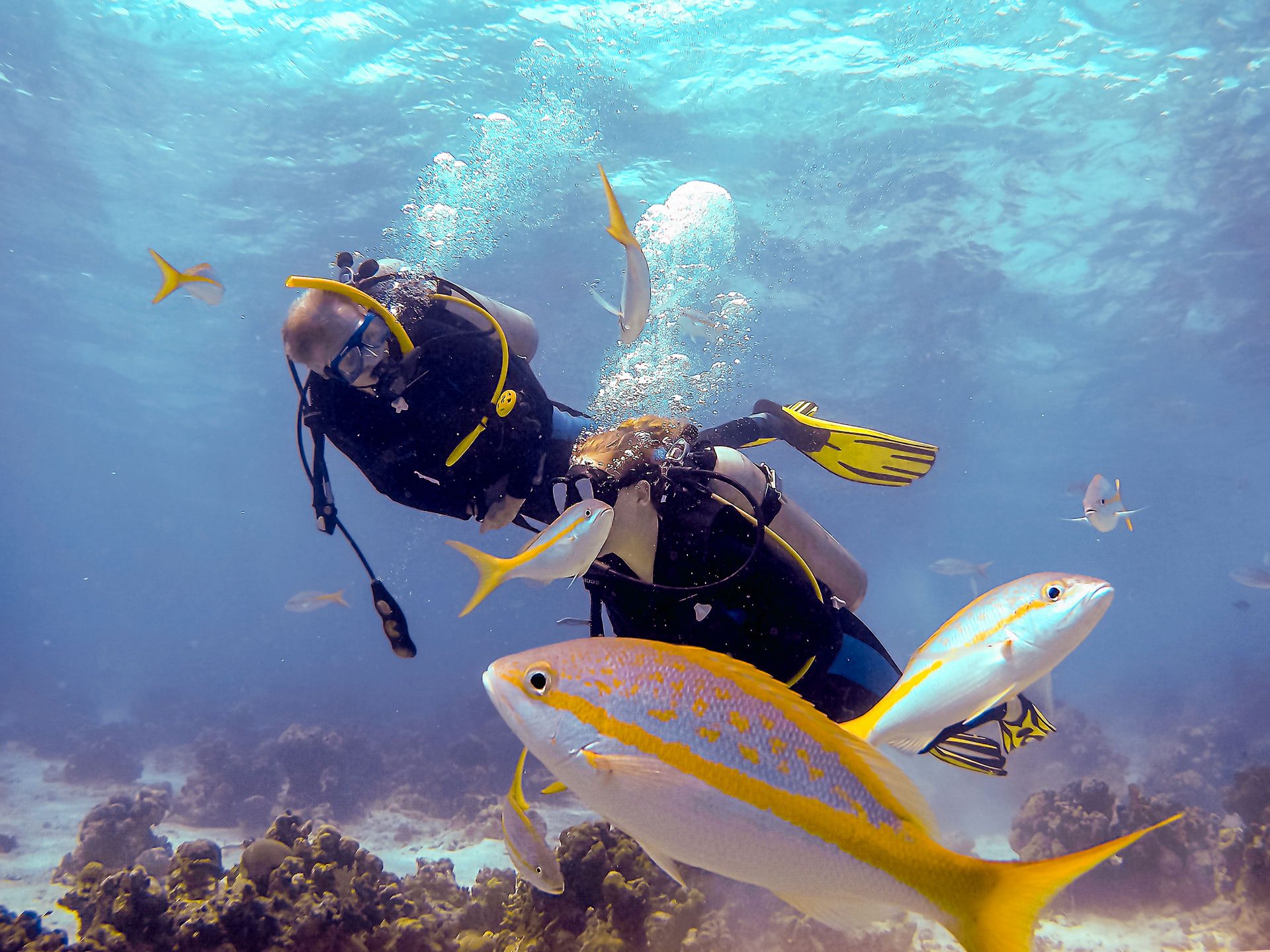
I’m glad to share the hobby of scuba diving with my dad and sister. The shallow water at the Bay of Pigs was very clear and the fish came pretty close.
The Bay of Pigs
Once a week and depending on the weather, the scuba diving took place on the Caribbean side of the island. The bus picked us up in the morning as usual and then drove south for 2.5 hours. The dive site was in the Bay of Pigs, which is famous for a battle that took place in 1961. US soldiers and Cuban exiles tried to invade the island but were stopped by Fidel Castro and his troops. The tank he used in that battle can be seen in front of the Museum of the Revolution in Havana.
Today, it’s a peaceful and stunning place. The water is crystal clear and perfect for scuba diving or snorkeling. So of course, there were quite a lot of tourists there. After we put our diving gear on, we again walked awkwardly, but in a different way than on the boat. 😉 To enter the water, we had to climb over some rocks. When we arrived in the Caribbean Sea were released from the weight of the oxygen bottle and the wetsuit filled with water fit better as well.
We started our dive close to shore, where it was shallow enough to stand. The farther we swam away from the coast, the deeper it got. There were many fish, some of them even came close and swam right next to us. I almost felt like one of them. 😉 After a while, we reached a wall where the ground drops down as far as 450m/0.3mi.
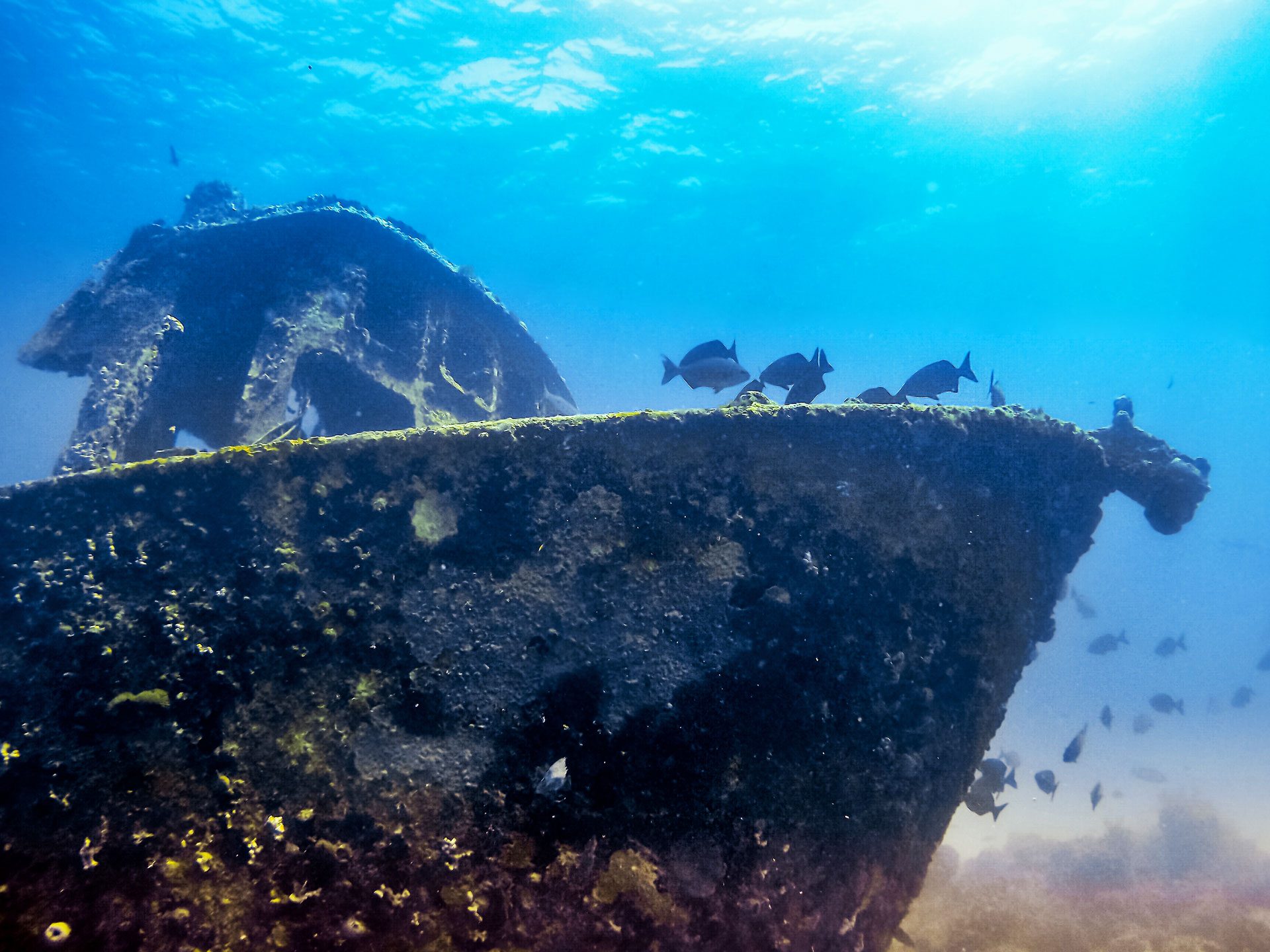
We swam to an impressive shipwreck in the ocean close to Varadero. Nature turned it into a new habitat for plants and animals.
A Wall & a Wreck
We descended to 27m/89ft and swam along the wall. It was a thrilling feeling to imagine what lay in the abyss directly underneath me, where the blue water turned black. The fish and plants along the wall differed from the ones in the shallow water. Besides seeing different species, the colors at that depth also change because only parts of the sunlight reach so far down. At our depth, we didn’t see any red, orange or yellow anymore. We swam back and forth the wall for a while before we returned to the shallow water. There we were “greeted” by the fish we saw earlier, finished the dive and climbed back over the rocks to land.
After taking a break and getting new oxygen tanks, we returned to the wall for the second dive. This time we swam in the opposite direction and didn’t descend as far as the first time. Instead, our dive guide brought us to a shipwreck. We didn’t only see much fish there, but also met other scuba diving groups. Of course, we all explored and swam around the wreck, taking pictures and admiring how Mother Nature turned it into a new home for marine life.
When we were finished diving, we hung out at the Cueva de los Peces, which was a beautiful little lake right next to the dive site. We learned that you can even go scuba diving and snorkeling there. It was a fun day and cool to see that there are two different underwater environments on just one island.
Conclusion
Cuba has 5,746km/ 3,570mi of coastline with many dive spots and is definitely worth a visit for scuba divers. Especially if you like sunken ships, you have lots of options to explore them around the island. If you come in March or earlier in the year, make sure to bring a warm wetsuit or wear several on top of each other like me. ?
See More Pictures of Our Time Scuba Diving in Cuba
Scuba Diving Bay of Pigs – With My Sister
It’s always fun to explore different underwater environments together with my sister Caro.
Scuba Diving Varadero – Shipwreck and Fish
The second dive of the day always explored wreck. It was nice to see that this shipwreck is now home to several corals, fish and other marine life.
Scuba Diving Bay of Pigs – Beginning of a New Dive
In the Bay of Pigs we entered the water from shore and began our dive in the shallow water. It was crystal clear and perfect for scuba diving and snorkeling.
Scuba Diving Varadero – Boat & Captain
The captain of the boat that brought us to our dive location. This was only the top part, below there was a lot of space for scuba divers and their equipment.
Scuba Diving Varadero – Shipwreck Selfie
Underwater selfie: Exploring sunken ships is always exciting.
Scuba Diving Bay of Pigs – Next to the Wall
The wall in the Bay of Pigs goes down as far as 450m/0.3mi. That’s to far for scuba diving, of course. So we stayed at a depths around 27m/89ft.
Scuba Diving Varadero – Coral Reef
It’s a completely different world underwater. Not only the movement differs, but also colors, sounds and life varies greatly from the surface.
Scuba Diving Bay of Pigs – Shipwreck
If you like sunken ships, you have lots of options to explore them around the island. Each looks different and has its own mystic ambience.
Bay of Pigs – Cueva de los Peces
The Cueva de los Peces is a small beautiful lake close to the best dive sites at the Bay of Pigs. It’s water was so clear that we could see fish from the surface. We later learned that it’s even possible to dive in this lake.
Scuba Diving Bay of Pigs – With My Sister
It’s always fun to explore different underwater environments together with my sister Caro.
Scuba Diving Varadero – Shipwreck and Fish
The second dive of the day always explored wreck. It was nice to see that this shipwreck is now home to several corals, fish and other marine life.
Scuba Diving Bay of Pigs – Beginning of a New Dive
In the Bay of Pigs we entered the water from shore and began our dive in the shallow water. It was crystal clear and perfect for scuba diving and snorkeling.
Scuba Diving Varadero – Boat & Captain
The captain of the boat that brought us to our dive location. This was only the top part, below there was a lot of space for scuba divers and their equipment.
Scuba Diving Varadero – Shipwreck Selfie
Underwater selfie: Exploring sunken ships is always exciting.
Scuba Diving Bay of Pigs – Next to the Wall
The wall in the Bay of Pigs goes down as far as 450m/0.3mi. That’s to far for scuba diving, of course. So we stayed at a depths around 27m/89ft.
Scuba Diving Varadero – Coral Reef
It’s a completely different world underwater. Not only the movement differs, but also colors, sounds and life varies greatly from the surface.
Scuba Diving Bay of Pigs – Shipwreck
If you like sunken ships, you have lots of options to explore them around the island. Each looks different and has its own mystic ambience.
Bay of Pigs – Cueva de los Peces
The Cueva de los Peces is a small beautiful lake close to the best dive sites at the Bay of Pigs. It’s water was so clear that we could see fish from the surface. We later learned that it’s even possible to dive in this lake.
Scuba Diving Bay of Pigs – With My Sister
It’s always fun to explore different underwater environments together with my sister Caro.
Scuba Diving Varadero – Shipwreck and Fish
The second dive of the day always explored wreck. It was nice to see that this shipwreck is now home to several corals, fish and other marine life.
Scuba Diving Bay of Pigs – Beginning of a New Dive
In the Bay of Pigs we entered the water from shore and began our dive in the shallow water. It was crystal clear and perfect for scuba diving and snorkeling.
Scuba Diving Varadero – Boat & Captain
The captain of the boat that brought us to our dive location. This was only the top part, below there was a lot of space for scuba divers and their equipment.
Scuba Diving Varadero – Shipwreck Selfie
Underwater selfie: Exploring sunken ships is always exciting.
Scuba Diving Bay of Pigs – Next to the Wall
The wall in the Bay of Pigs goes down as far as 450m/0.3mi. That’s to far for scuba diving, of course. So we stayed at a depths around 27m/89ft.
Scuba Diving Varadero – Coral Reef
It’s a completely different world underwater. Not only the movement differs, but also colors, sounds and life varies greatly from the surface.
Scuba Diving Bay of Pigs – Shipwreck
If you like sunken ships, you have lots of options to explore them around the island. Each looks different and has its own mystic ambience.
Bay of Pigs – Cueva de los Peces
The Cueva de los Peces is a small beautiful lake close to the best dive sites at the Bay of Pigs. It’s water was so clear that we could see fish from the surface. We later learned that it’s even possible to dive in this lake.
Sign up for the Peace Love Travel newsletter for more travel stories and tips:
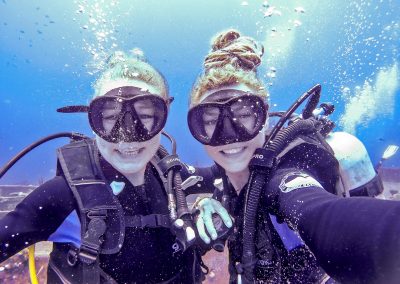
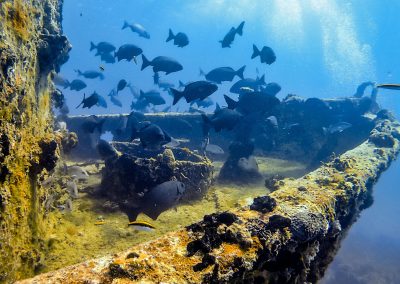
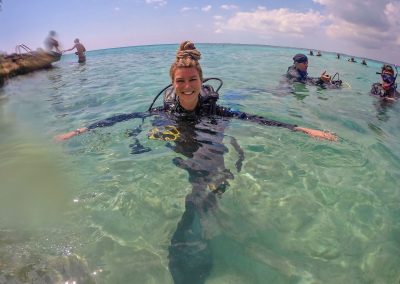
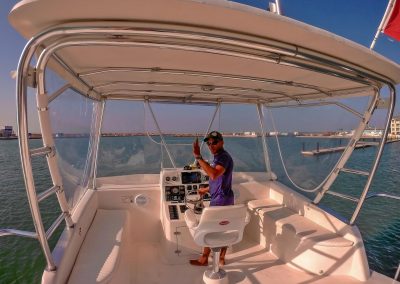
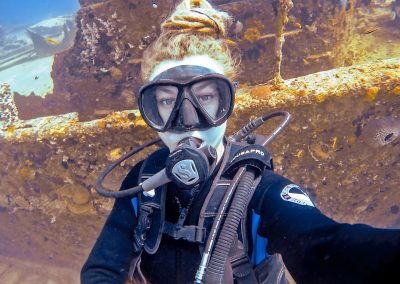
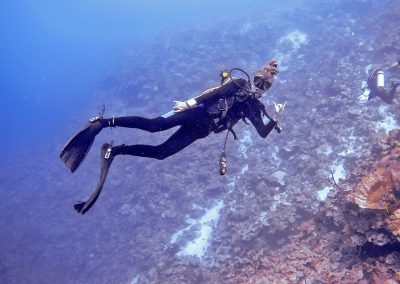

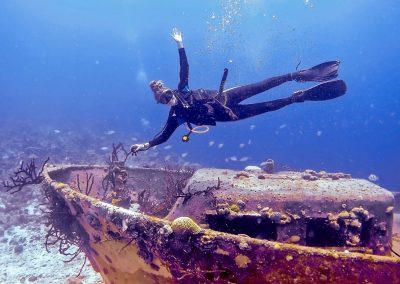
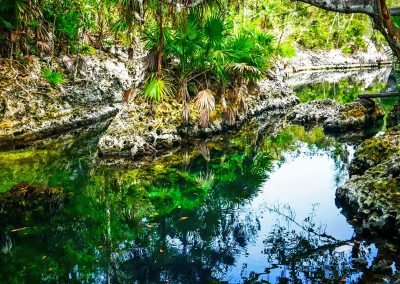
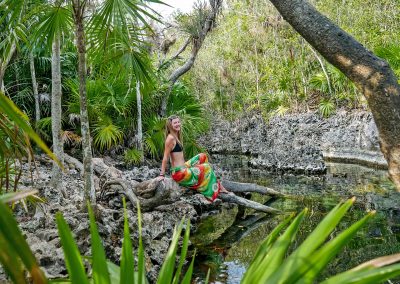
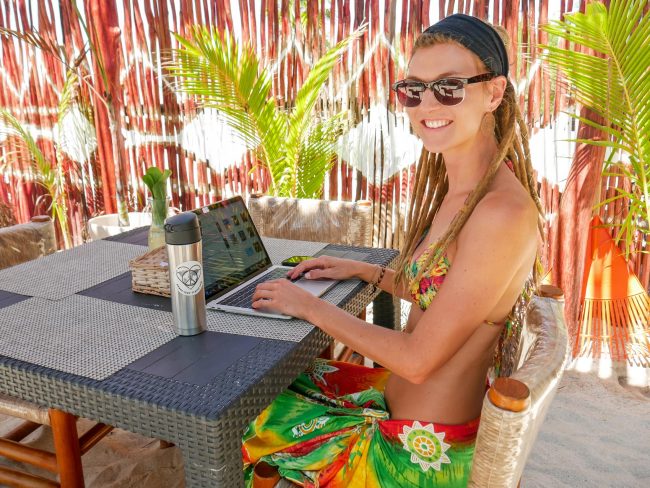
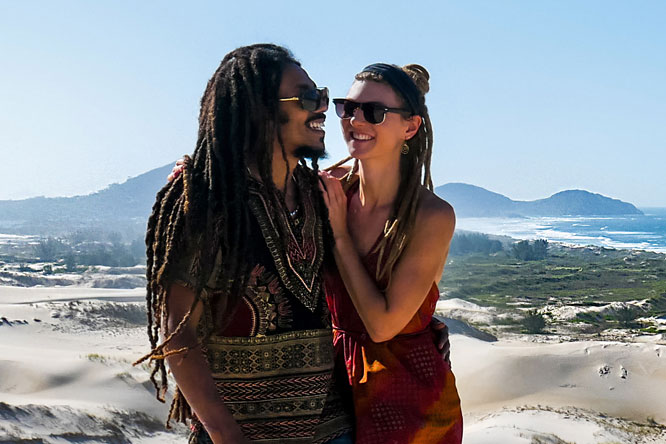
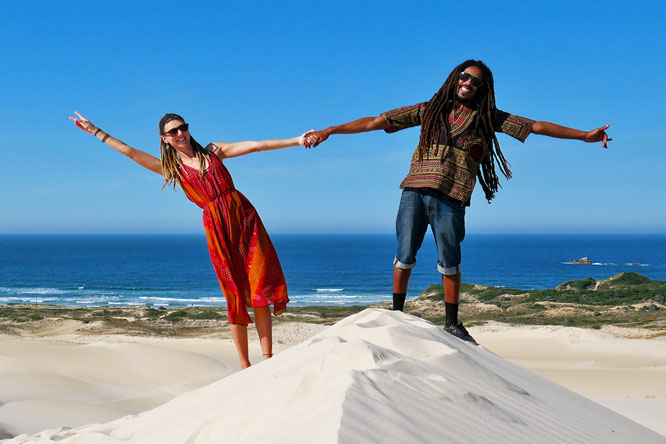
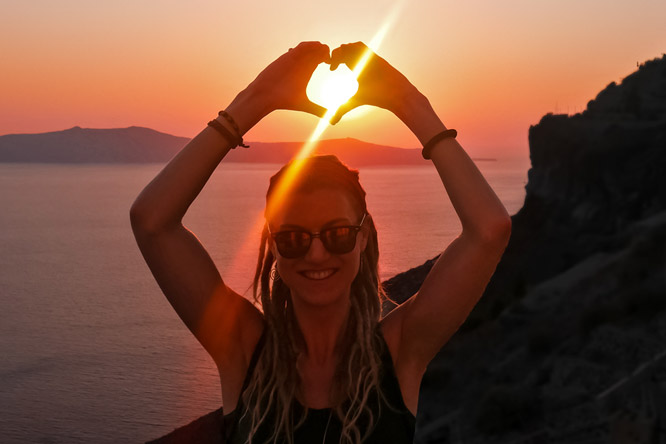
0 Comments